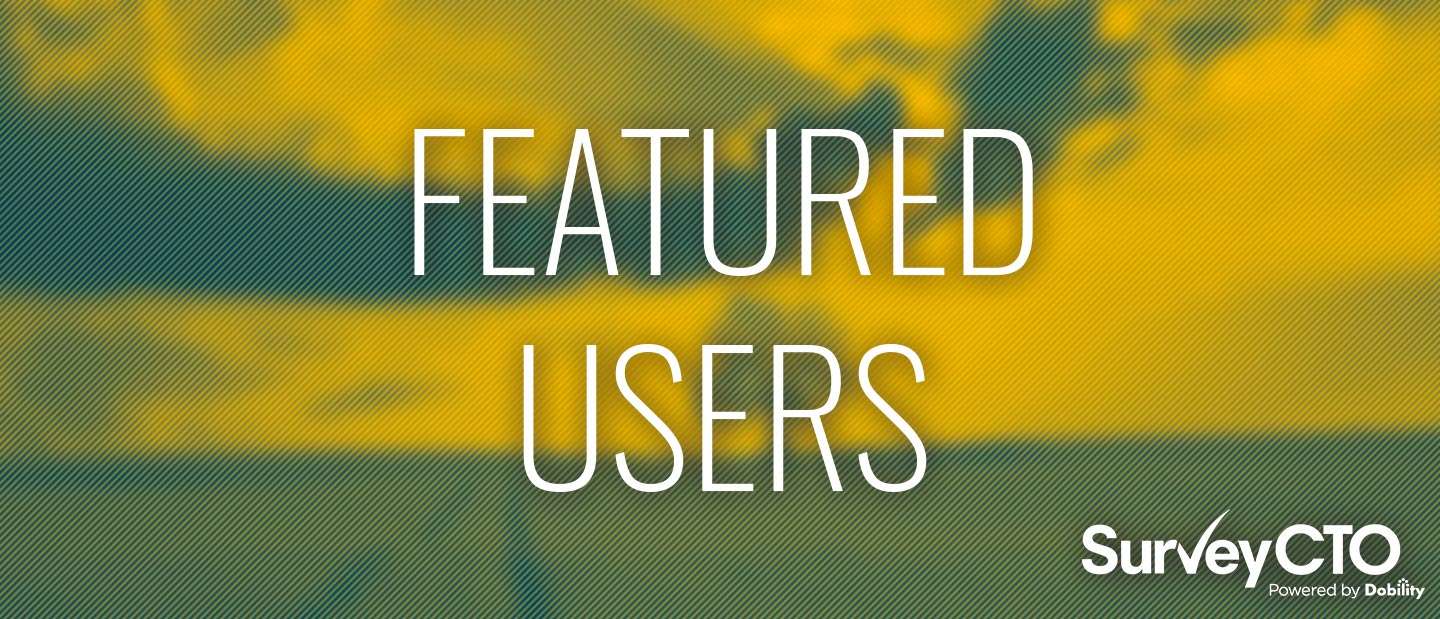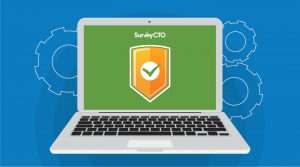
Tell us a little more about NEERMAN and a few of the interesting projects you’ve worked on recently.
Almost all of our studies are experimental or observational impact evaluations for UN organizations, development banks, and international foundations. However, we are beginning to provide more monitoring and evaluation system development and training support to NGOs, too. We are a niche group of economists, epidemiologists, statisticians, and field research managers but most of our field surveys are conducted by professional survey agencies; we manage the surveys.
Each project we work on is different and thus quite interesting. For example:
“Quality” of electricity
We recently found some compelling impacts of the “quality” of electricity provision on reduction in coping by farmers, crop yields, and possibly cropping decisions.
We conducted an evaluation of providing electricity through separated feeders for domestic and agriculture loads instead of the current approach of serving both types of loads by a mixed-use feeder. We found that while there was only modest improvement in the quality of supply in terms of voltage and hours, these improvements resulted in reduced reliance and expenditure on diesel to run irrigation pumps and some increase to crop yields. The farmers may have opted to cultivate crops in summer as well.
“These impacts are small but they still indicate the unlocked potential of electricity provision by feeder separation.”
These impacts are small but they still indicate the unlocked potential of electricity provision by feeder separation. By the way, this is one of the priority schemes for the government, and this evaluation is the only reasonably robust evidence out there.
Microfinance and sanitation
In another recent evaluation, we found that microfinance models have a strong potential to rapidly increase uptake of taps and toilets. By providing people targeted micro-loans, they can invest in building toilets or getting a piped water connection and can later use the financial incentives from schemes such as Swachha Bharat Mission to repay a part of the loan. Again, this evaluation proves viability of an alternative to current subsidy-driven approaches in water and sanitation sectors.
Sanitation randomized control trial (RCT)
The last big study we published was a RCT of the Total Sanitation Campaign in Madhya Pradesh. This is the first published health impact evaluation of a large scale rural sanitation program where we measured impacts on child growth, anemia, parasite infection, and diarrhea. We found that the combination of subsidy and behavior change interventions almost doubled the toilet coverage from 19% to 41%, but open defecation was reduced by only approximately 10%. These modest improvements were probably inadequate.
These findings are quite important and require further investigation of how to increase the sanitation coverage, substantially reduce open defecation, and sustain both the infrastructure and behaviors in the long run.
Studying adolescents
Finally, we will be studying several adolescent-related issues as part of an ongoing study of approximately 70,000 households across eight states.
Why did you choose SurveyCTO?
Let’s start with why we didn’t choose the others! While paper-based surveys have a few advantages, computer-assisted personalized interviewing or electronic surveys (“CAPI“) pay huge dividends in the quality of data. I tried a few commercial CAPI software options, but they were very costly, were too limited in functionality, or had a steep learning curve, and we often had to rely on their own staff to program the scripts.
“With SurveyCTO, my team can program it themselves, the customer support is just amazingly helpful and fast, and the software does 95% of the things I need it to.”
On other hand, something good like ODK had less professional support when we needed it and it had limitations on some of the complex features we needed. With SurveyCTO, my team can program it themselves, the customer support is just amazingly helpful and fast, and the software does 95% of the things I need it to.
Do you have any advice for others on survey design?
Move away from paper-based questionnaires! We recommend SurveyCTO as a good mobile-based data collection and consolidation tool. We also use it for field survey management and related reports, including filing expense reports.
We have found that investing in good tablets or smart phones is often more cost effective than buying cheaper alternatives. Another suggestion is that more time and effort should be put into designing CAPI surveys as compared to paper-based surveys.
There is so much SurveyCTO can do that we could not before, and it’s important to take time to think through the questionnaire design with these capabilities in mind. Pre-testing of the survey and translation is very important – be sure to build in adequate time for that during survey development.




